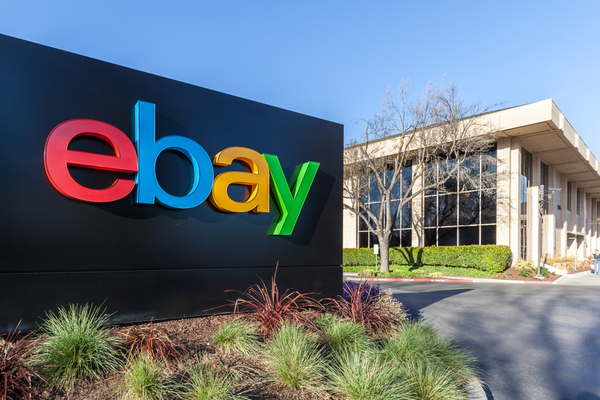In 2002, eBay bought PayPal for $1.5 billion, turning it into the way you’d buy and get paid for items you sell on the ginormous auction site. But the once-happy couple has been breaking up for years — and as of Valentine’s Day, some sellers may no longer be able to sell items on eBay at all without connecting an old-school bank account instead.
Currently, many sellers are receiving warnings that they will need to add a bank account by February 14th or else “your ability to revise or relist existing listings, or create new listings will be disabled.”
In response, eBay says that this isn’t the deadline for every seller — it’s rolling out in phases, and a quick scan of the web shows it’s been going on for at least a couple years. This isn’t the final phase either, as eBay tells us the rollout won’t be complete until 2022. But I suspect it’s moving fast: I got this message despite rarely ever selling items on eBay, and company tells me the “majority of sellers” will have eBay-managed payments by the end of this year.
Digging up a bank account and plugging it into your profile may not be the only annoyance here. You could be waiting a lot longer for your money, as eBay’s managed payments site points out. Three to six business days is a long time to theoretically wait for money that could have instantly popped into your PayPal.
On the plus side, eBay says most sellers should actually pay lower fees than before, and provides a variety of case studies at this page — but it’s not like eBay’s really passing along the savings. Previously, eBay would typically take a 10 percent cut and PayPal would take a 2.9 percent cut for a total of 12.9 percent of your take; now, eBay will take a 12.35 percent cut in the same situations.
While eBay’s graphic might look like you’re saving a big chunk of money when you axe the middleman, you can see (if you look carefully) that the sizes of these bars are misleading. The new middleman is actually… eBay.
—
Photo Credit: JHVEPhoto / Shutterstock.com
